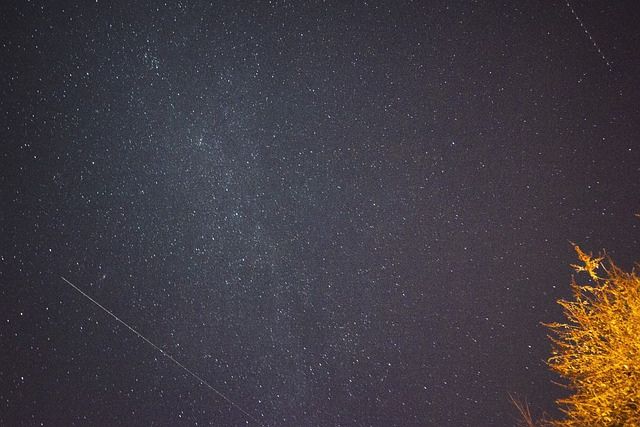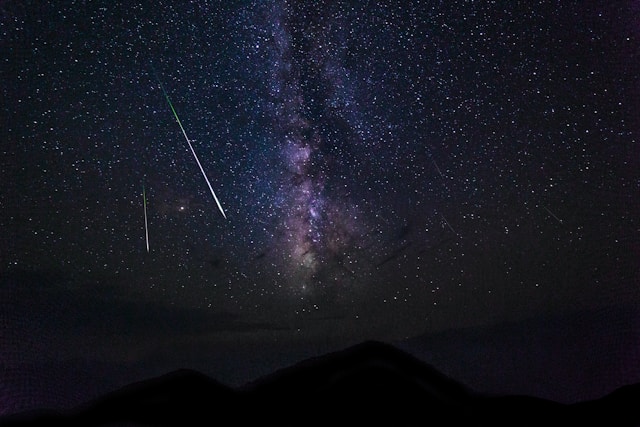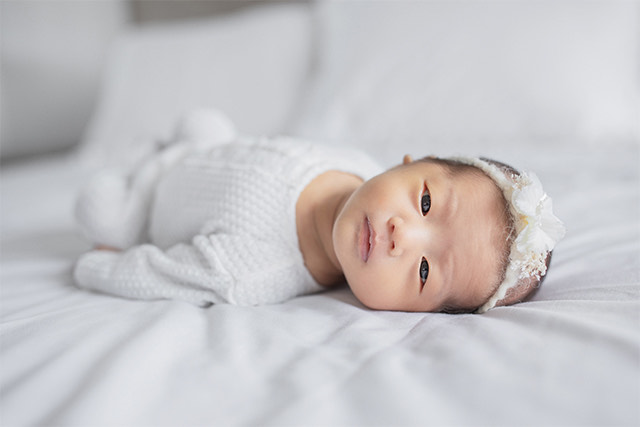Sky-watchers in Singapore can look forward to two dazzling celestial highlights – the Harvest Moon and the Draconids meteor shower!
On 7 October, the Harvest Moon will rise around 7pm and shine brightly through the evening. The Full Moon closest to the September equinox, its name originates from its historical role of helping farmers gather crops under its evening glow. People in Singapore can enjoy the Harvest Moon from anywhere with clear skies, with panoramic vantage points such as Marina Barrage, East Coast Park and the Southern Ridges offering especially striking views.
Around the same period, from 7 to 10 October, the Draconids meteor shower will grace the night sky, peaking on the evening of 8 October after 8pm. Originating from Comet 21P/Giacobini-Zinner, the Draconids are known for their unpredictability – while usually modest at under 10 meteors per hour, they have historically produced spectacular bursts with thousands of meteors streaking across the sky. This year, with the full moon brightening the skies, fainter meteors may be harder to spot, but observers can still try their luck from dark, open spaces like parks, beaches, and reservoirs.
 Image credit: Pixabay
Image credit: Pixabay
In anticipation of this phenomenon, Science Centre Observatory has put some FAQs, to address various questions on the phenomenon and share more about its origins.
1. What are meteors and where do they come from?
Meteors are rocks that enter Earth’s atmosphere at speeds that cause the gases around them to glow and burn up. These are the streaks of light that one may see going across the sky in a matter of seconds. They are also often referred to as “shooting stars”.
Meteors are within our solar system. They can originate from various sources – such as comets, asteroids, and other planets.
2. What is the difference between a meteor, a meteorite, and a meteoroid?
When a part of an asteroid breaks off and it is still in space, it becomes a meteoroid. When the meteoroid is in Earth’s atmosphere, it becomes a meteor.
If a part of the meteor survives its journey through the Earth’s atmosphere and lands on the Earth’s surface, it is called a meteorite.
3. What is a meteor shower and how often do they occur?
A meteor shower is a celestial event in which a number of meteors are observed to radiate, or come from, from one point in the night sky. Meteor showers are formed when the Earth travels through a cloud of interplanetary debris left behind from the tail of a comet or asteroid that has thrown out large amounts of materials.
While the Earth orbits the Sun and crosses into these dust streams or debris trails, the materials collide into Earth’s atmosphere and burn up, leaving a streak in the sky which is what we see as meteors.
Earth goes through these dust streaks every year, so we can predict when these meteor showers happen on an annual basis.
 Image credit: Unsplash
Image credit: Unsplash
Draconids Meteor Shower taking place 7 – 10 October
1. What is the Draconids meteor shower?
The Draconids meteor shower is an annual meteor shower that peaks in early October each year. The Draconids originate from Comet 21P/Giacobini-Zinner, which was discovered in 1900 by astronomer Michel Giacobini and later observed in 1913 by another astronomer, Ernst Zinner.
The Draconids were responsible for some of the most dazzling meteor showers of the 1900s but have been more subdued in recent years, with no major bursts of activity.
2. Why is this meteor shower called Draconids?
Meteors in annual showers are named after their radiant point – the location in the sky where they seem to originate. The Draconids meteor shower is named for its radiant point, the constellation Draco the Dragon.
3. When will the Draconids meteor shower take place?
The Draconids meteor shower is active yearly around early October and will peak on the night of 8 October. They are best viewed after 8pm, when the radiant point of the meteor shower is higher in the night sky, offering a better chance for observers to spot a meteor.
4. How often does the Draconids meteor shower take place?
The Draconids meteor shower occurs annually, though their intensity is highly irregular. While most years feature only a few meteors per hour, the shower has produced dramatic outbursts with thousands of meteors per hour.
5. What can we expect to see during the Draconids meteor shower?
Typically, a modest number of meteors (often under 10 per hour) are visible under ideal conditions. While the meteor shower has been relatively subdued in recent years, there’s always a potential for a spectacular burst, especially when Earth intersects denser debris left near the comet. However, with the full moon illuminating the night sky during the meteor shower’s peak, observers may find the faint Draconids meteors more difficult to spot.
6. How can I get the best view of this occurrence in Singapore?
Observers should seek darker locations such as parks, beaches, reservoirs, or open spaces away from city lights. Singapore’s weather conditions and frequent cloud cover can also affect visibility of this occurrence. As such, observers should also check the weather forecast for clear skies.
7. Is any special equipment required to view this?
Weather permitting, the Draconids meteor shower will be visible to the naked eye. No special equipment is required.
8. Will the Observatory at Science Centre Singapore hold a viewing session for the Draconids meteor shower?
The Observatory at Science Centre Singapore will not be holding a specific viewing session for this meteor shower. However, the Observatory will be holding an Astronomy Open House on 3 & 4 October, in conjunction with Lights by the Lake, which is organised by NParks. Visitors can enjoy complimentary stargazing on both evenings – a chance to admire the Moon and Saturn through telescopes, weather permitting.
The Astronomy Open House will also feature a special live digital planetarium show – Fly to the Moon, taking audiences on a virtual journey to the Moon and back. Shows run every half hour from 7pm to 10pm (with the last show at 9.30pm), and complimentary tickets will be available for collection in person at The Observatory from 6.30pm onwards.
In addition, young guests can also participate in a mid-autumn edition of the I am a Young Astronomer Young Scientist Badge activities at both The Observatory and the Water Lily Pavilion at Jurong Lake Gardens.
Contributed by Science Centre Observatory.
Mid-Autumn Festival falls on 6 October this year. Remember to check out our list of Best Mooncakes and Best Bak Kwa in Singapore 2025.
Looking for what to do during the Mid-Autumn Festival? Read Mid Autumn Festival 2025.
Children’s Day 2025
Children’s Day is on 3 October 2025. Do check out our list of fun Things to do this Children’s Day long weekend.
* * * * *
Looking to reach over 100,000 parents in Singapore? Let us amplify your message! Drop your contact details here, and we’ll reach out to you.
Discover exciting family-friendly events and places to explore! Join our Telegram channel for curated parenting recommendations.























































